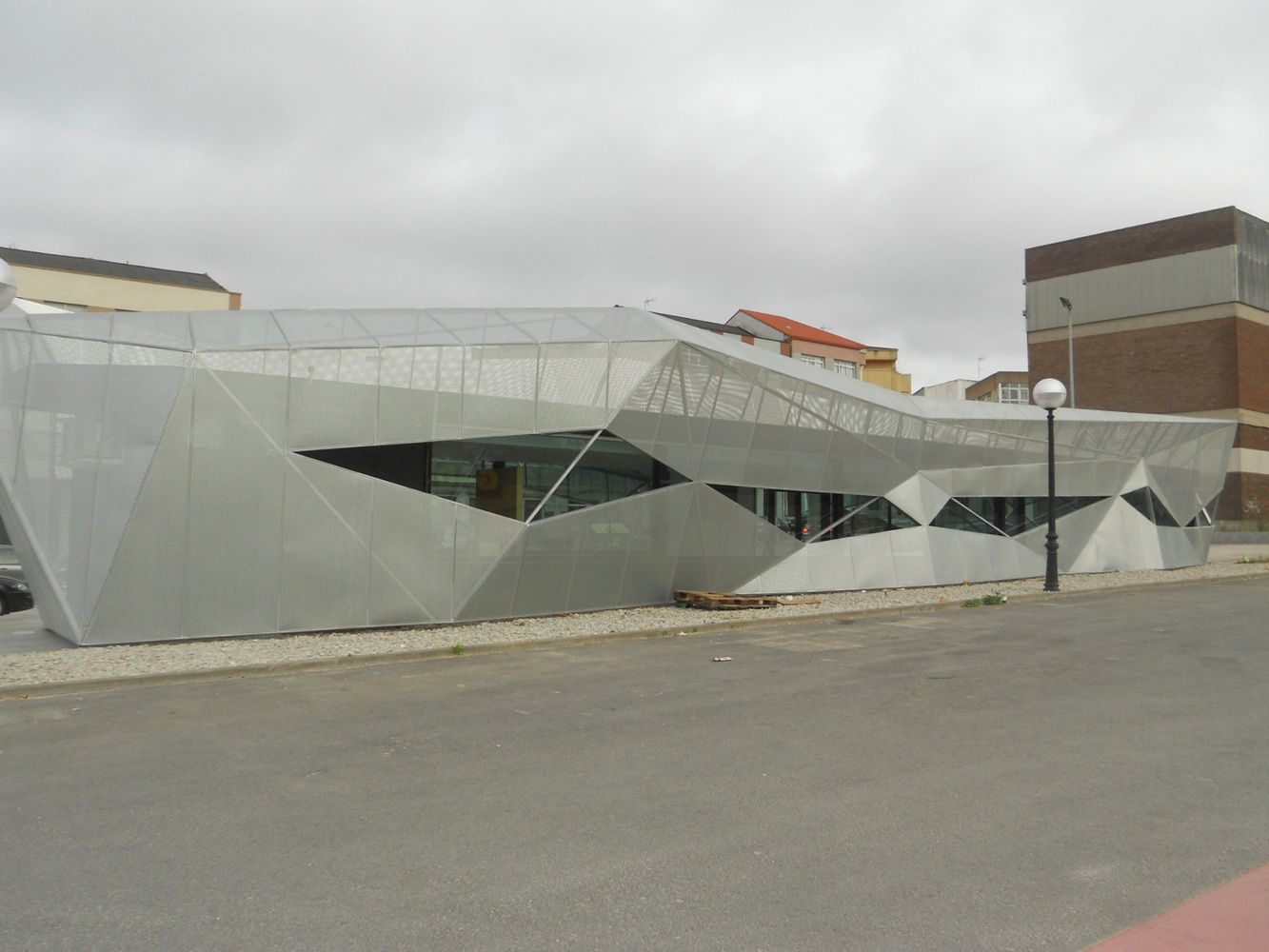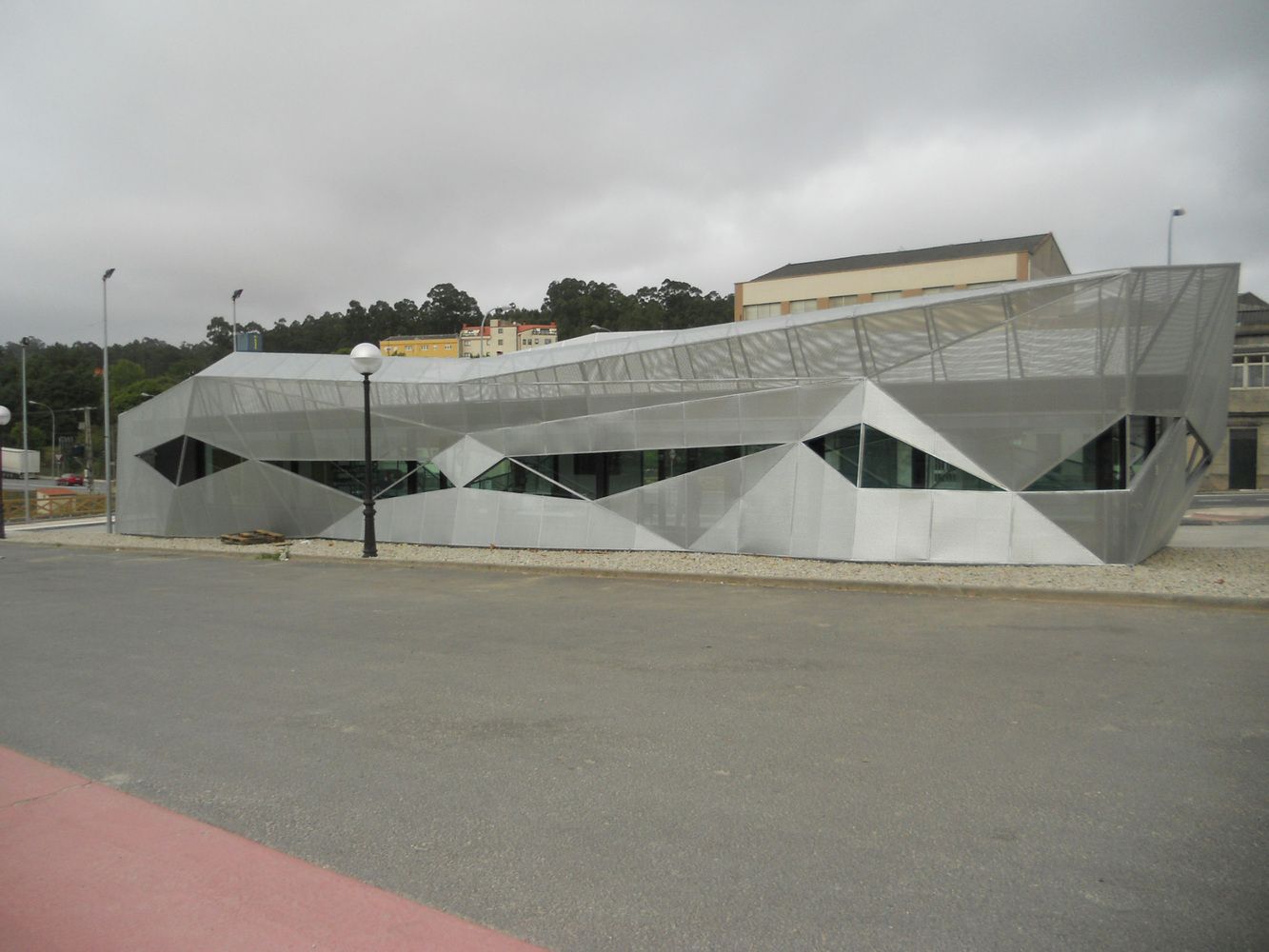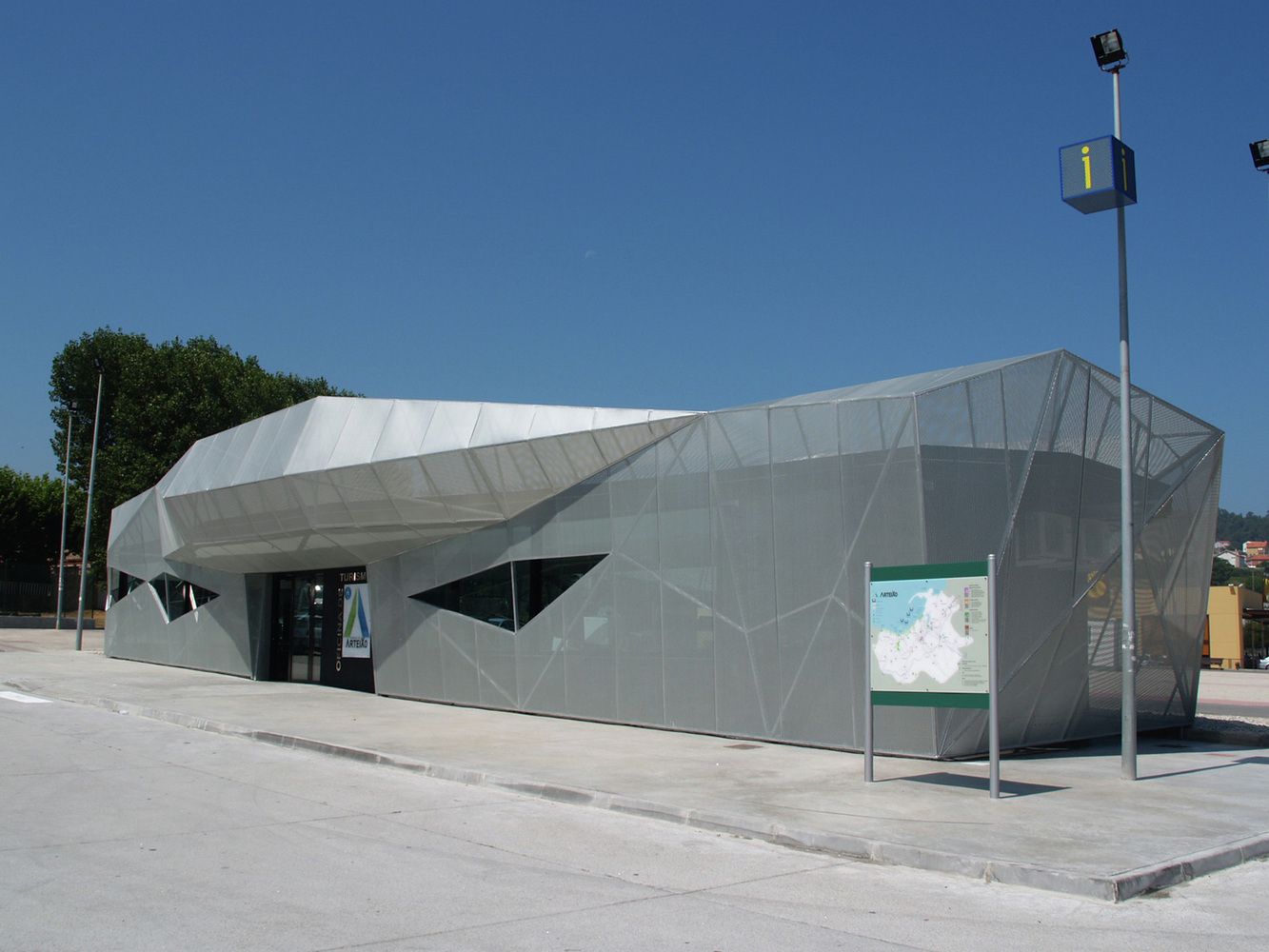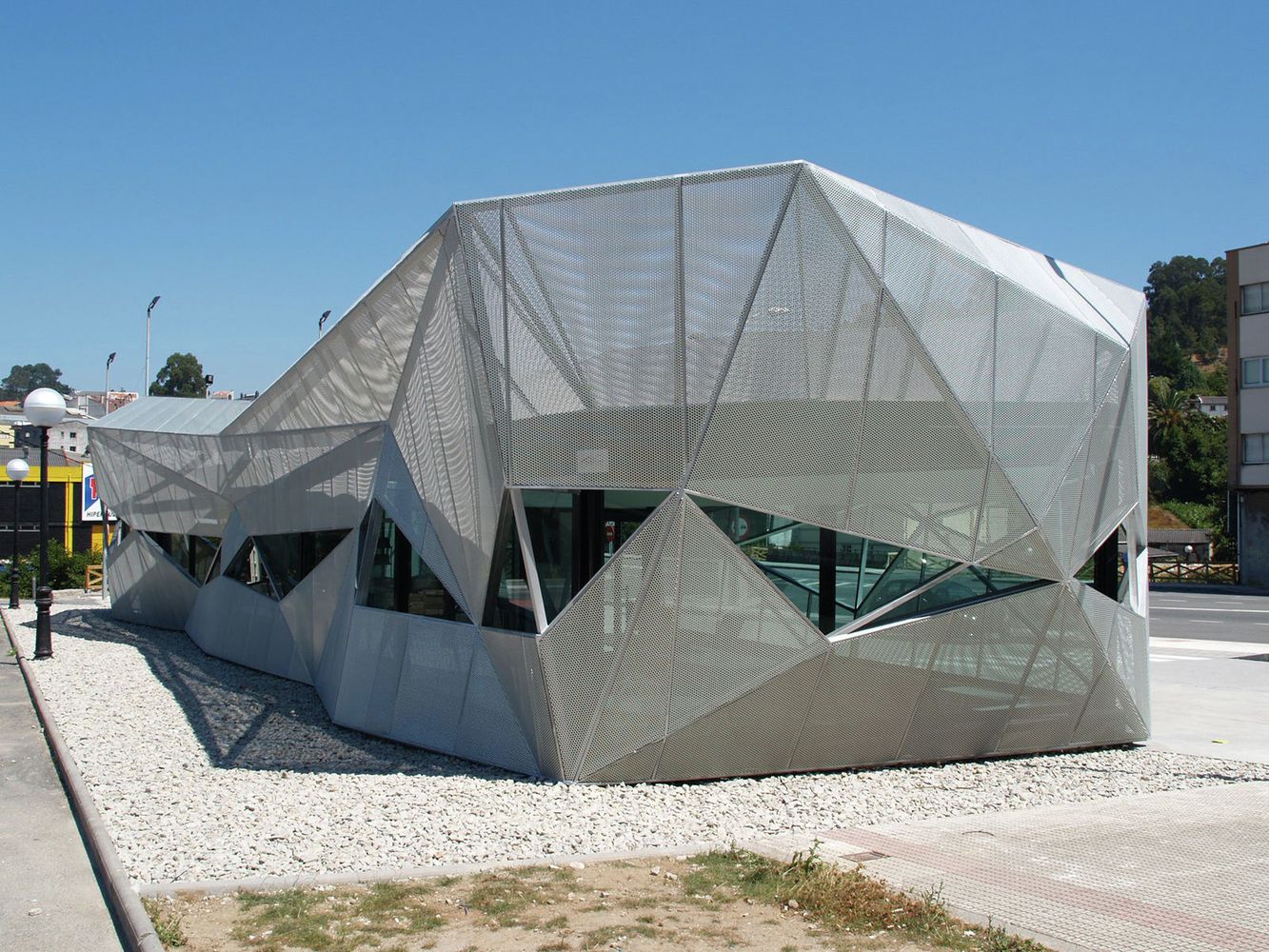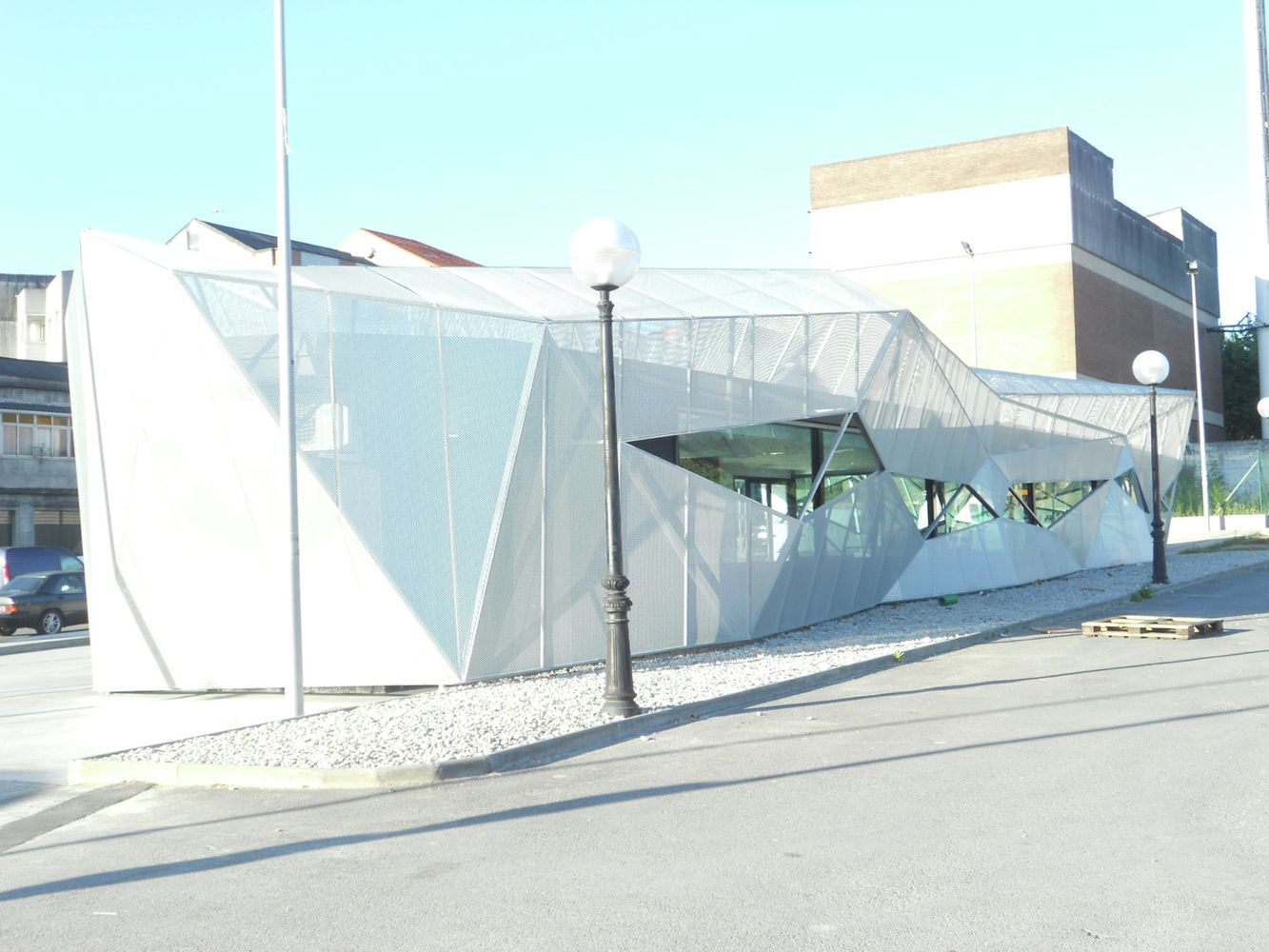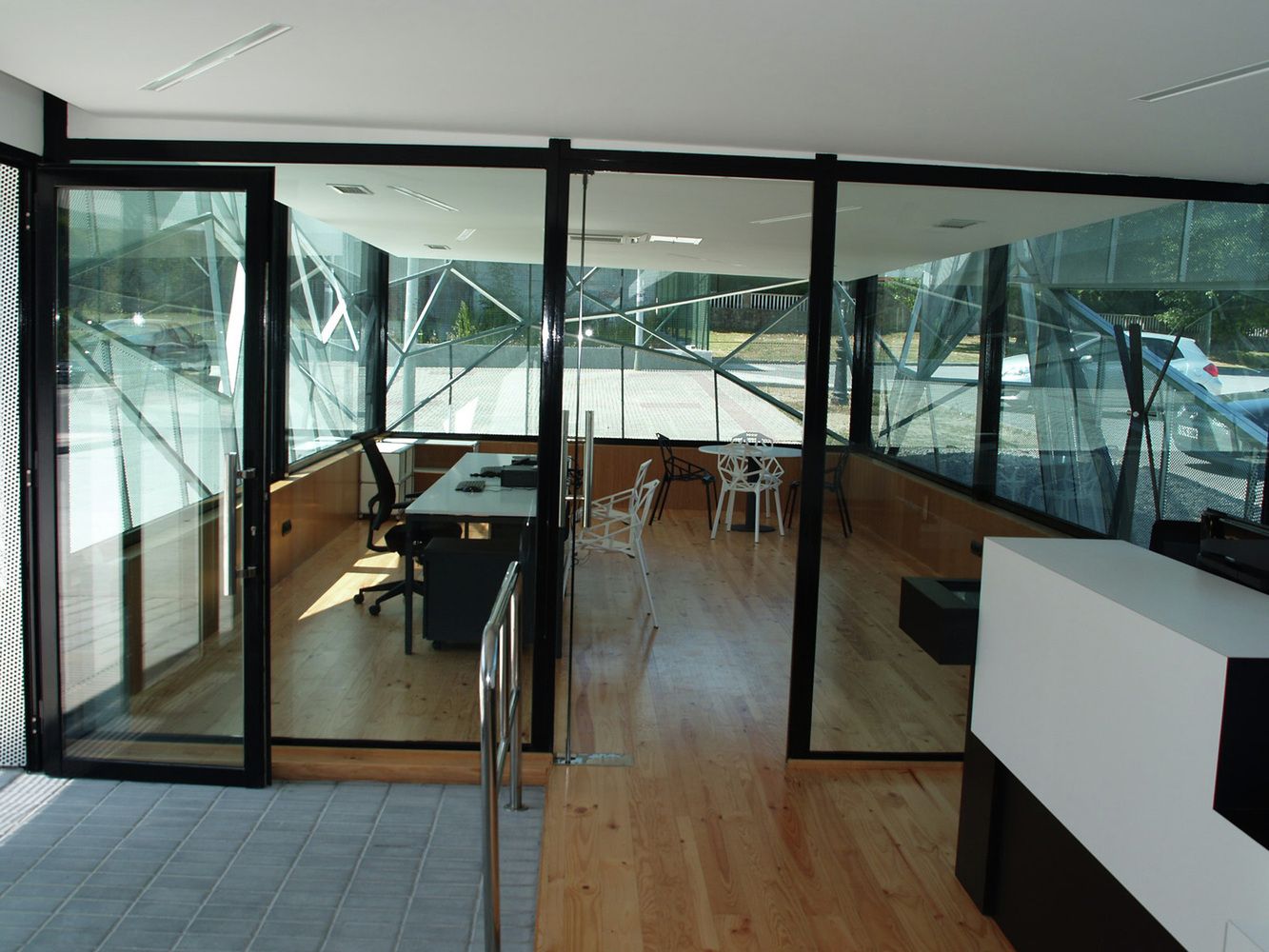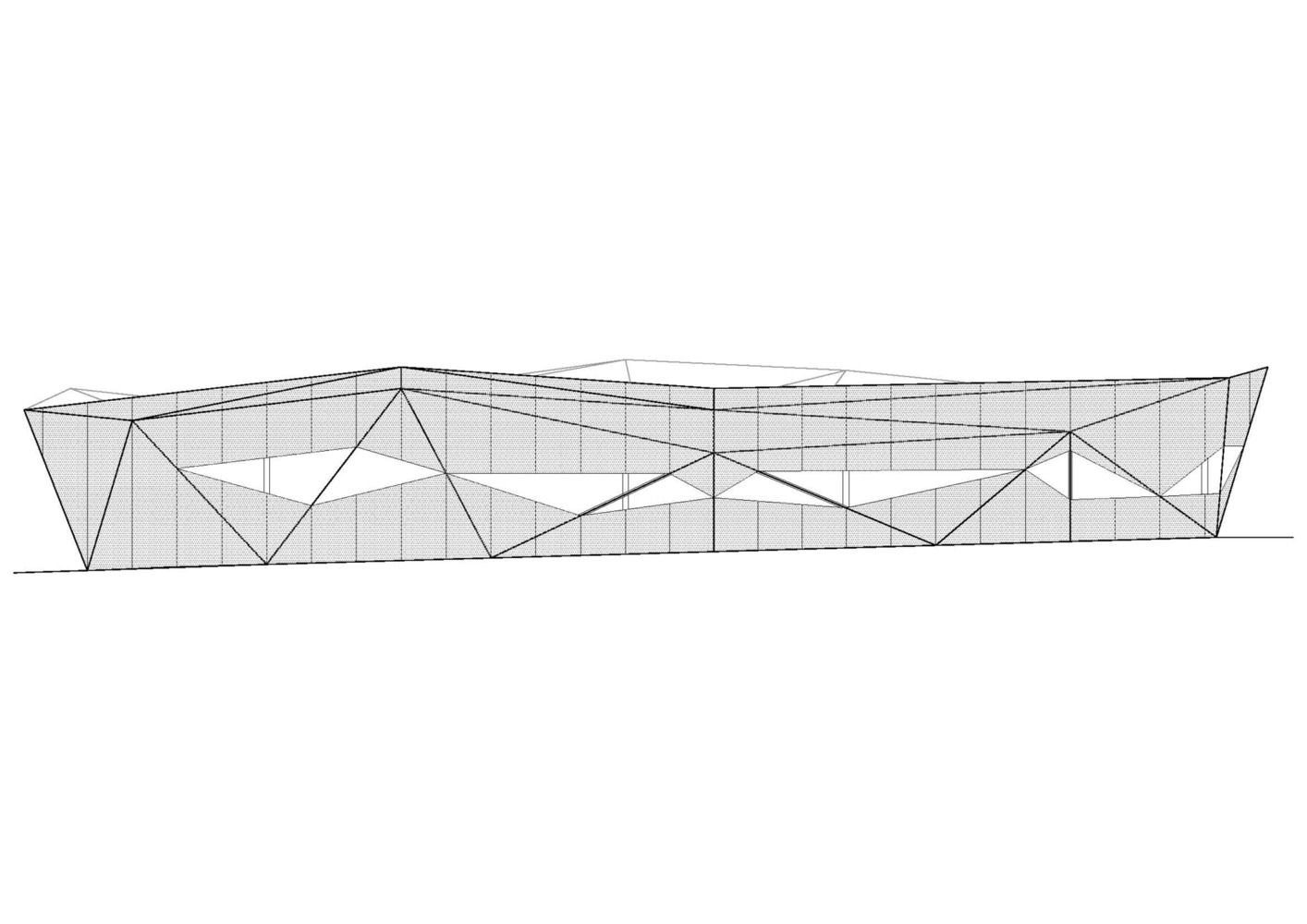Every city wants something to make people want to stop and stay a while, a way to draw tourists in rather than watching them simply drive by, and Arteixo is no exception. Whereas some cities may be extremely well known for something, whether it is their beaches, landscapes, architecture, art, cuisine, you name it, the locations that are not so lucky constantly have to fight their way to be noticed and thus important. As a way to attract more tourists and begin to develop an identity for the relatively unknown city, Alejandro Garcia y Arquitectos designed the Tourism Office in Arteixo.
What was initially an unused bus station has been transformed into what is now an office for visitors to stop in and learn about the city, acquiring information about nearby attractions that they might enjoy. It has become a place for tourists to give pause during their busy travels and slow down. The design emphasizes the importance of utilizing the resources given in a project, in this case, the existing building, and finding ways to adapt it in ways to make it a more useable space for the public without discarding it completely. As can be seen through the images, a new skin was incorporated around the existing structure giving it a new modern look that was intriguing and inviting to attract those driving by.
In this case, using an existing structure as the basis for the design allowed the project budget to remain small. A large grand gesture was obviously not needed for this project and the finished design reflects that. The few openings on the new skin are appropriately placed at eye level, and the screen material provides some privacy from the outside looking in, but from the interior allows a clearer view out. By using a material that was relatively resistant, the building won’t require much up keep, retaining its charm and attraction for the tourists, making the design again very easy on the city’s pockets. The exterior may be a little over designed and overly complex for its function, but none the less the end result appears to satisfy the client’s needs and sometimes that is just as important as designing good architecture.
